Sep to Dec 2022 Whitsunday Conservation Council Inc
Wishing You All a Wonderful Festive Season and a Great Year ahead
In this Edition click on the > toggle headline to read more
So many environmental problems and so little time to turn our future around but here in the Whitsundays
YOU can make a difference – YOU CAN CALL US – and you can read about our PROJECTS and take ACTION
Read more about what is happening below
We live in paradise here but we may not have noticed that it could become paradise lost for the next generation.
It’s not just the broad issue of Climate Change but also the mindless stupidity of rubbish and waste, tree removal and everything you can think of, at a local level, to make our environment hotter – such as no shade, black heat-absorbing roads, excessive CO2 making concrete, reckless use of herbicides and destruction of our native flora and fauna. Bad building designs waste electricity on heating and cooling. Our electric vehicle take up lags behind other first world countries.
We have a relentless battle with bureaucracy and the fossil fuel lobby, who with support from the dominant media platform, control some of our politicians.
Please use the form at the foot of this page to let us know how we can help with an ecological or environmental problem. Our team have the right contacts and can initiate projects to tackle awareness and take action.
- Tell us what you want from us
- You can write a blog – ask us to show you how
- Better still, join our team and help us save this Whitsunday paradise.
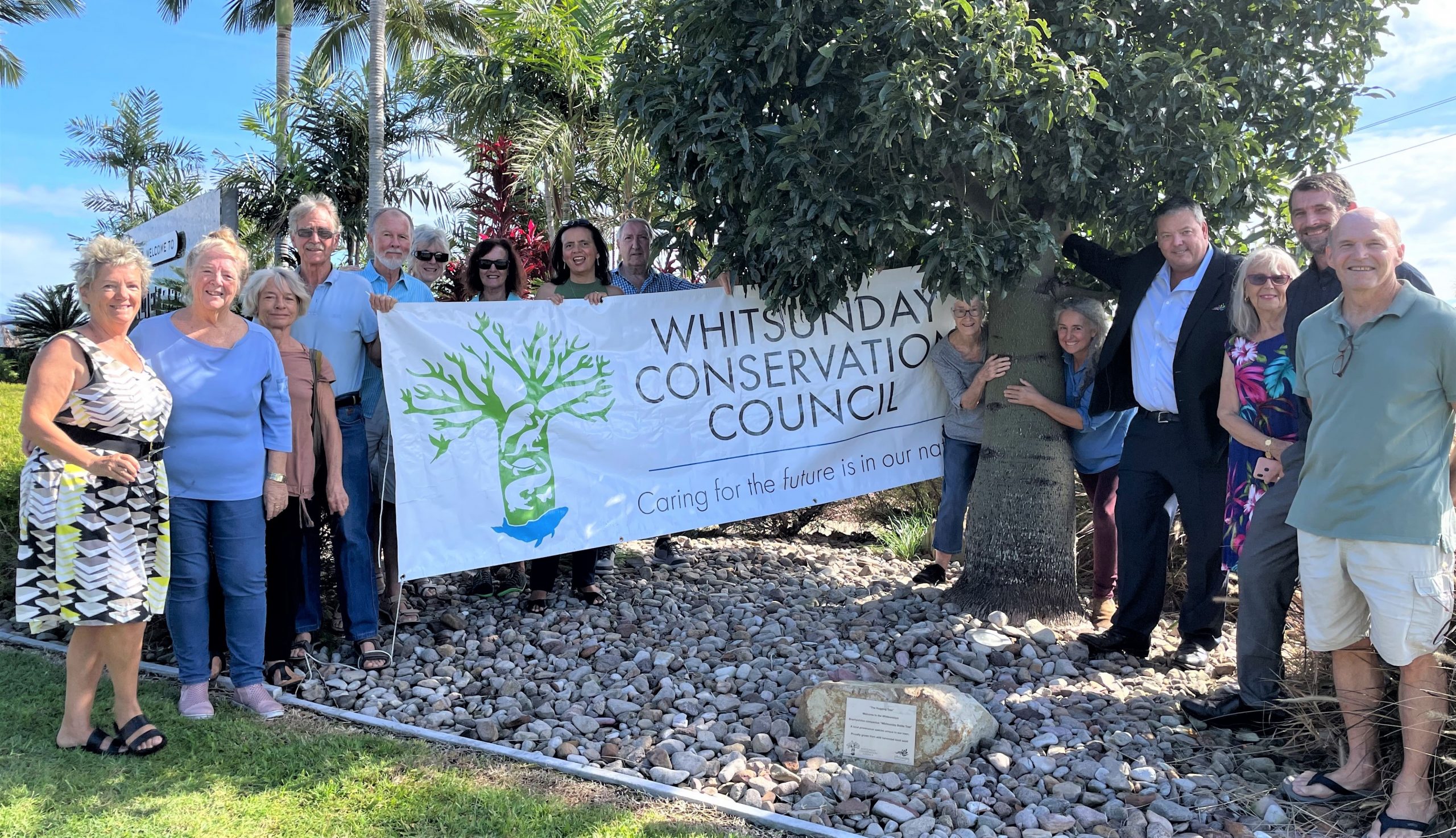
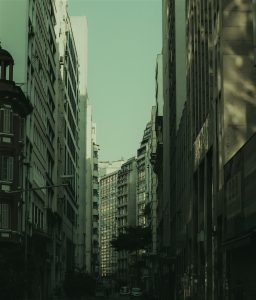 This may be Airlie Beach Main St one day, with all the ugliness and pollution of a city somewhere you don’t want to be!
This may be Airlie Beach Main St one day, with all the ugliness and pollution of a city somewhere you don’t want to be!
That’s the way we are heading unless we can stick to appropriate building designs and heights, with streetscapes that enhance our village atmosphere.
People who live here and tourists that visit our unique part of the world do so because of its unique character, so why change it into the opposite? Why destroy the flora and with it the fauna? Why heat up the environment with concrete so that people suffer from heat exhaustion? Where are the seats and shade trees?
Why was the shared zone along Main St and Airlie Esplanade, with beautiful plant-outs proposed over 20 years ago, scrapped? Certainly not to encourage tourism.
Our council listens to property owners and developers but seems to ignore and even deride our residents and our lifeblood – tourists. Airlie is stagnating as some property owners try to push building heights as high as they can, hoping to prop up their balance sheets and off-load their properties onto unwary developers.
Ratepayers are fighting the Whitsunday Regional Council in court, in order to hold them to account on development planning issues. Most ratepayers do not trust the councillors, because they ignore public opinion and follow their own agenda.
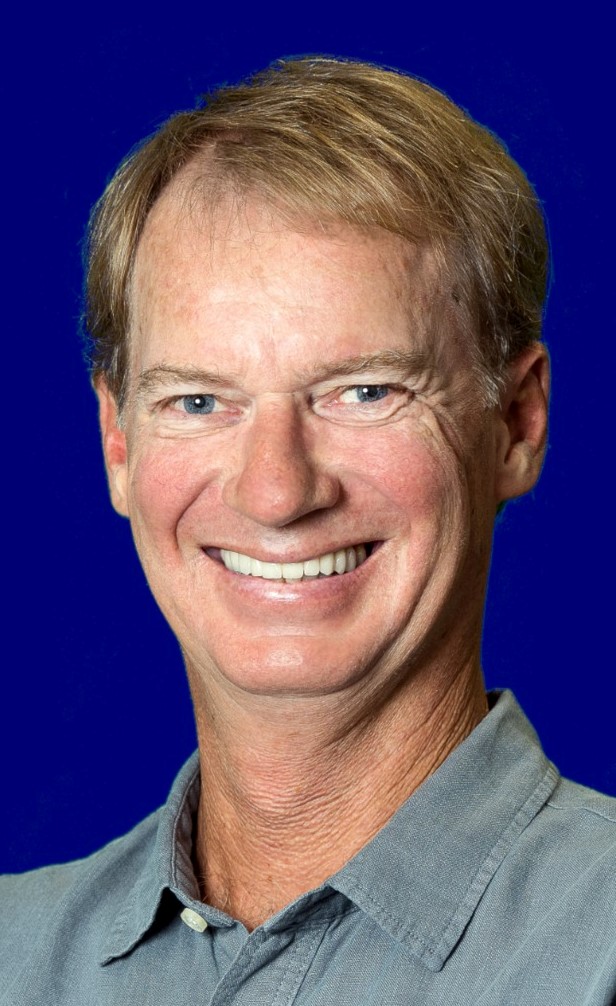
So it is with renewed optimism for a better future for Airlie that Whitsunday Conservation welcomes CLAY BAUMAN, elected not only as our new councillor and representative for division 2 but also as a councillor with a say in all aspects of our regional council. He brings to the table, six years of experience in dealing with our egregious regional council.
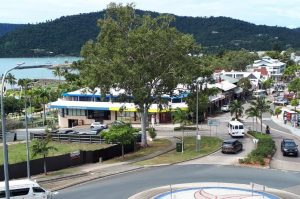 The fantastic landmark tree that once dominated the entrance to Airlie Beach, is gone forever!
The fantastic landmark tree that once dominated the entrance to Airlie Beach, is gone forever!
The Whitsunday Regional Council (WRC) Climate Hub has published on the importance of vegetation for cooling the urban environment to reduce the ‘heat island’ effect. Airlie Beach is already noticeably hotter than Cannonvale due to the predominance of dark-coloured hard surfaces and the loss of tree cover, which is ongoing and unregulated.
Is our council out of step with the importance now being placed by other planning departments on the importance of the Urban Tree Canopy and its role in reducing the temperature of urban heat sinks?
Why are Landscaping Codes for this site – CLICK HERE – not enforced?
On 19 September 2022, Whitsunday Conservation Council (WCC) wrote to WRC about the future of this significant tree now that the site was due for redevelopment. WRC responded 12 Oct 2022 advising that as the Council has no tree protection policy, it could be cut down. They also stated that it was on private land, but no plan to remove it was mentioned. Though, according to Queensland Government mapping, the tree appeared to straddle private and Council land or could have been wholly on Council managed land.
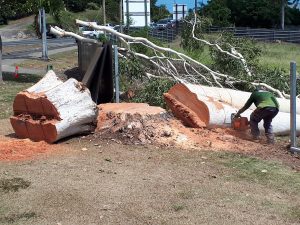 The above photograph taken in Sept 2022 shows the original fence line ran behind the tree. So that as far as the public were concerned, it was effectively a roadside tree.
The above photograph taken in Sept 2022 shows the original fence line ran behind the tree. So that as far as the public were concerned, it was effectively a roadside tree.
Early morning Friday 18 Nov 2022 the alarm was raised that the tree was about to be felled. WCC members went to the site and found the manager of WRC Parks and Gardens Department in attendance. We were told it was only reports of agitated and irate public that had brought him to the site to contain any public outrage. That until this time he had not been aware the tree was coming down because the developer had contacted someone higher up in Council for approval to remove the tree.
Members of the public at the scene asked why the tree was being removed and were told that part of it was damaged and could be unsafe. To our knowledge, even after the major impact of Cyclone Debbie, no concerns were raised about the safety of this tree, so why had it suddenly become a hazard?
Members of the public asked the tree removal contractor if it could be made safe and the response was yes. It would require follow up trimming, but it could be done.
Apparently the developer has contributed a handful of seedling bluegums to the revegetation project at Twin Creeks Cannonvale to ‘compensate’ for the destruction of this mature tree. But this publicly funded revegetation project is already in place, so these trees would have been planted anyway. In any case, this type of thinking by WRC is not in line with modern trends which value the importance of maintaining urban canopy as a means of naturally cooling our atmosphere as the effects of climate change become reality.
A dozen seedlings do not provide shade, cooling and habitat for several years. Even if one was planted onsite of the tree felled today, it will be more than fifty years before it could provide the benefits of the removed tree.
Our residents and visitors need the cooling benefits of the trees we have now, not in 50 years. This wasn’t “just one gum tree”. It is part of a cumulative effect of mature tree removal throughout our region reducing the overall liveability of our town and suburbs.
Try standing in the middle of Main Street Airlie Beach on a hot day, then stand under a tree and see where you would prefer to be!
In the end, this magnificent tree was destroyed, despite public protests, and in full view of cruise ship visitors and tourists. Just another mature tree felled along with all those shade trees lost when the Airlie foreshore was “revitalised” and with so many new development sites being clear felled.
Locals and visitors know how uncomfortably hot it can be to walk around the foreshore where there are fewer shade trees available to sit under and enjoy the entertainment or picnic with your family. Metal shelters can’t compare with the cooling effect provided by natures air-conditioners.
Other Councils in our region have tree protection and maintenance policies and do not allow mature trees to be removed without first making every effort to maintain and nurture these beneficial giants of nature.
This tree was on the extreme corner of the development block. Surely enlightened design and prudent trimming could have seen this tree safely incorporated into the plan for the new hotel?
WCC asks why Whitsunday Regional Council still has no policy on Local Matters of Environmental Significance, including a SIGNIFICANT TREE REGISTER to provide protection for iconic trees like the one just lost?
Why is our council so out of touch? Don’t they read the reports published by their own Climate Hub?
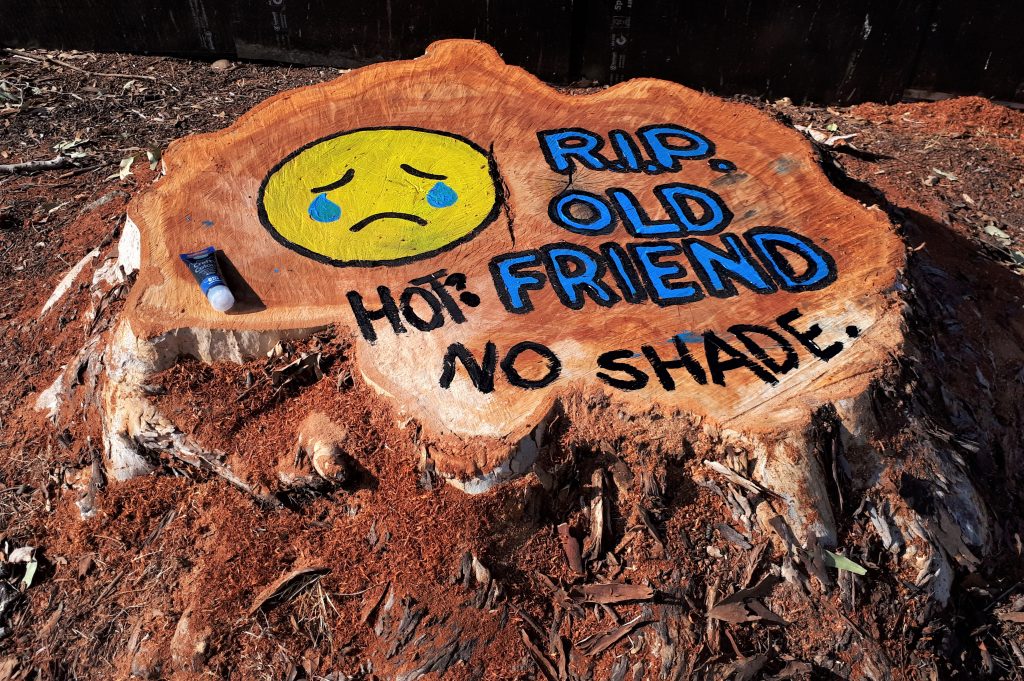
Save Our Foreshore has challenged inappropriate development in court before but this current battle may determine the future of Airlie as Heaven or Hell. When residents have to take their council and developers to court, there is something seriously wrong! Read their update below:
RE: Save Our Foreshore Inc (SOF) APPEAL in the Planning and Environment Court vs Whitsunday Regional Council & Meridien (Port of Airlie – POA) against approval give for 47mtr (12 storey) building between the waters of the POA marina and the actual Airlie Beach.
See RED arrow in photo showing approx location of this building on what is commonly referred to as “the paddock”
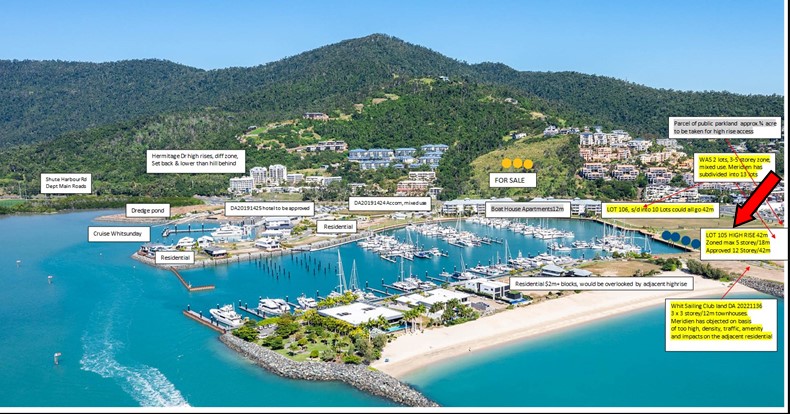
Photo: Garry Hunt design for Port of Airlie image with SOF site notes
SOF executive has no vested interests in the matter except a passionate will to stop the destruction of our beautiful world-renowned low-rise village-like Airlie Beach.
But we believe many Airlie Beach property owners, whose property values and rental income are threatened, and members of our community are not aware of the fight we have undertaken and how much we are relying on our community to help us meet the escalating legal costs of this appeal.
SOF’s mission statement is on the HOME page  of our website with links to current and past campaigns, and a DONATIONS page which will automatically issue a “Thanks” and receipt from SOF for any donation made.
of our website with links to current and past campaigns, and a DONATIONS page which will automatically issue a “Thanks” and receipt from SOF for any donation made.
To date we have paid for preliminary legal advice and all ongoing legal costs, including appearances of our solicitors and barrister to three preliminary hearings in Brisbane.
We need to build our fighting fund now because prior to the actual 7 day court hearing our lawyers will require us to deposit funds in their Trust fund to cover the estimated costs of $150,000.
But before the 7 day court hearing there will be a “meeting of expert witnesses” from all parties to debate the issue, followed by an “Without Prejudice Conference”.
SOF has engaged a Planning expert, a Visual Impact expert and has also submitted laypersons statements in regards to Visual Impact, Storm Surge and Community Expectations. SOF has prepared a comprehensive statement supporting our stance on several and varied objections to the approval.
Townsville City Council says it is a “Water Sensitive City” and they see the importance of trees, especially to benefit the Great Barrier Reef.
Perhaps our Regional Council could learn something from this? 
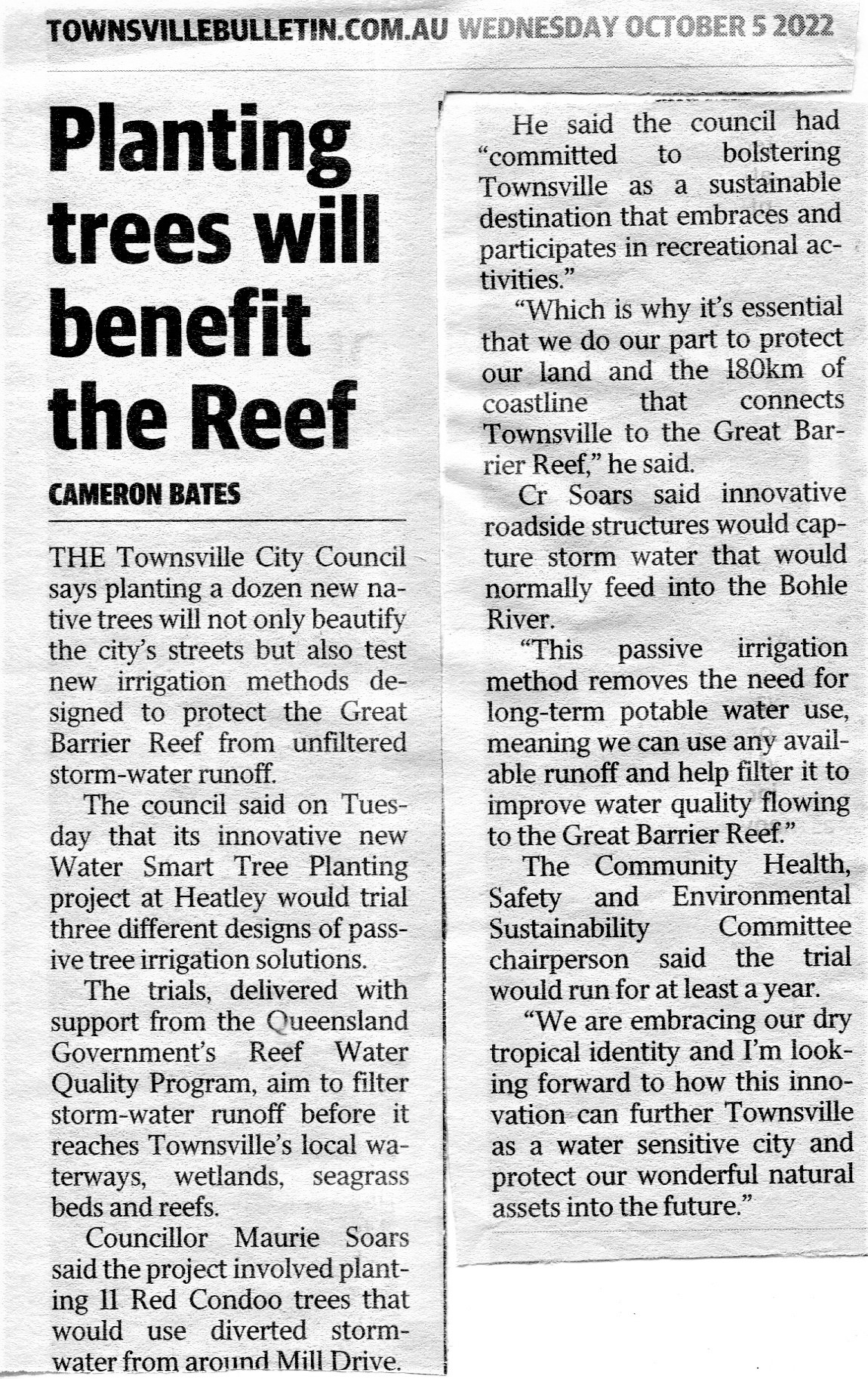
The United Nations Educational Scientific Cultural Organisation (UNESCO) and International Union for Conservation Nature (IUCN) have just released the findings of their March 2022 reef monitoring mission.
The report included a recommendation to the World Heritage Committee to list the Reef as ‘In Danger’.
More importantly, the report highlighted what we must do to save the Reef. The required actions should come as no surprise. After all, the Reef has been considered for the ‘In Danger’ listing before and the same actions have put forward before. This time we must apply the actions.
The Australian and Queensland governments have made important steps towards helping the Reef lately but the Monitoring Mission report highlighted that more action is needed if they are serious about saving the Reef, particularly in the areas of climate targets aligned with the Paris Agreement, water quality targets and fishing controls.
“We have limited time and must move on the report’s recommendation,” said Tony Fontes, Whitsunday Conservation Council.
“First and foremost, we must drastically cut emissions to limit global warming to 1.5oC. According to the Great Barrier Reef Marine Park Authority, global warming is the single greatest threat to the future of the Reef. Recent IPCC reports have warned that if global warming hits 2.0oC, we will lose 99% of the world’s reefs.”
“This means that we must end our reliance on the burning of fossil fuels which worsens climate impacts including marine heatwaves. It also means no new coal or gas – without exception – ending all public subsidies and aiming to cut our national emissions by at least 75% by 2030.”
“The Reef is also threatened by polluted run-off from agricultural land, including sediment that can smother the Reef and synthetic fertilisers that turbo-charge algal blooms. This is an historical problem that has never been fully addressed. The Queensland Government must enforce the regulations to prevent run-off from agricultural land and work with the federal government to restore large areas of coastal wetlands – nature’s water quality filters.”
“Tree clearing in Reef catchments adds to the sediment loads in our rivers which eventually end up in the waters of the Reef. This needs to stop. The Queensland Government must close loopholes that allow clearing without permits. The Australian Government must enforce the federal laws to stop clearing of threatened species habitat.”
“Unsustainable and illegal fishing is one of the biggest local threats to the Reef. High-risk fishing methods such as gillnet fishing and trawling continue to cause the deaths of threatened species such as dugongs, turtles, and sawfish on our Reef. The Queensland Government must end gillnet fishing in Reef waters to give our iconic dugongs and turtles a chance to recover. The Queensland Government must also immediately roll out cameras on all trawl vessels to independently monitor the bycatch in this high-risk fishery.”
“The future health of the Reef is in danger, with or without the World Heritage listing. But we still have a small window of opportunity. The recommendations in the UNESCO report need to be applied now.”
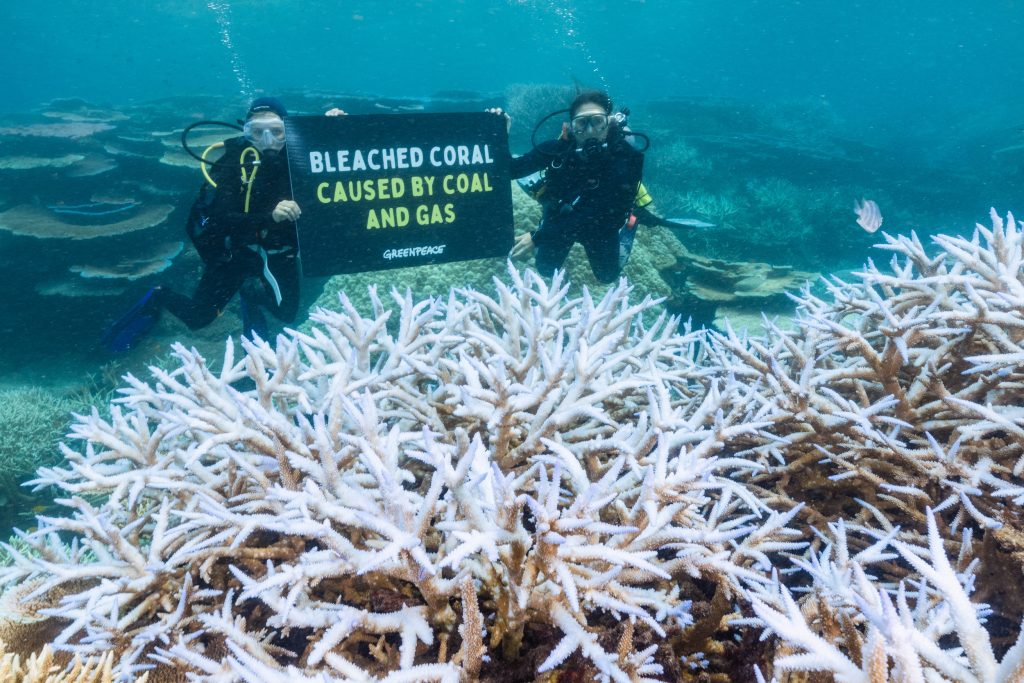
photo credit Greenpeace
Mackay Conservation Group – see our We Care page – campaigned hard against this dam and has finally achieved success!
We can all celebrate a major victory after the recent (15-12-22) announcement that Urannah Dam had been withdrawn from the environmental assessment process. Read from their media release below.
The now cancelled dam would have drowned large parts of the nationally listed wetlands at Urannah and Massey Creeks.
If the dam had proceeded, significant habitat for the Irwin’s Turtle would also have been destroyed, along with irreplaceable vegetation such as the threatened Black Ironbox.
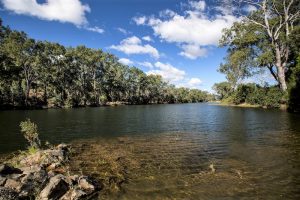 The Urannah Dam was first proposed in the 1950s but it has never been shown to make economic sense despite many feasibility studies. The recent Detailed Business Case produced by Bowen River Utilities showed that the dam would have been a loss-making project.
The Urannah Dam was first proposed in the 1950s but it has never been shown to make economic sense despite many feasibility studies. The recent Detailed Business Case produced by Bowen River Utilities showed that the dam would have been a loss-making project.
The dam’s proponents planned to sell a large part of its water to the coal mining industry in Central Queensland. In 2012 the Connors River dam was cancelled due to a lack of interest in the water from coal companies.
The dam would have also enabled the opening up of new agricultural land upstream from the Great Barrier Reef.
The recent UN World Heritage monitoring mission to the Great Barrier Reef singled out the dam for criticism. The report’s authors said the dam would have significant negative effects on reef water quality and called the project “preposterous”.
Mackay Conservation Group has welcomed the decision to cancel the project.
This dam never made sense from an environmental, economic or cultural perspective. It’s negative economic return would most probably have led to its owners abandoning it in future, leaving the taxpayer to foot the bill.
Even worse, we would have lost the best examples of pre-European river systems in Central Queensland.
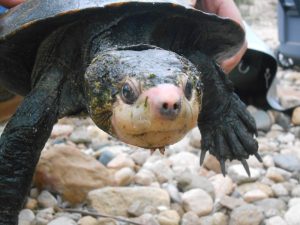 Irwin’s Turtle, discovered by Steve and Bob Irwin in 1990, would have been pushed towards extinction. The dam would have also reduced the habitat of many other threatened species.
Irwin’s Turtle, discovered by Steve and Bob Irwin in 1990, would have been pushed towards extinction. The dam would have also reduced the habitat of many other threatened species.
Throughout the campaign to protect Urannah, Mackay Conservation Group has been strongly encouraged by the knowledge that the traditional owners, the Widi and Birrah peoples, were steadfastly opposed to the dam. We knew we were on the right side of history.
The former federal governments, led by Tony Abbott, Malcolm Turnbull and Scott Morrison handed out tens of millions in taxpayers funds to facilitate their Urannah Dam fantasy. Now all that money has gone down the drain. The only beneficiaries are the people who were paid to produce the plans for a dam that made no sense.
Our next step will be to ensure no future government ever proposes to dam Urannah and Massey Creeks ever again. That will require a lot more work but we are up for the challenge.
Authorised by P. McCallum, Mackay Conservation Group, 156 Wood St, Mackay Qld 4740
Whitsunday Indian Myna Action Group (WIMAG) is a non-profit community action group established in August 2020. WIMAG’s aim is to create awareness, track bird movements and set up humane trapping programmes.
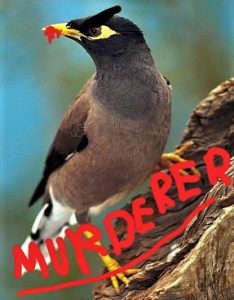 What do Indian Myna Birds look like?
What do Indian Myna Birds look like?
- Medium size, about 23 – 26 cm body length
- Chocolate brown with a glossy black head, neck and upper breast
- A distinctive yellow beak, eye patch, feet and legs
- Not to be confused with native Noisy Miners and Yellow throated Miners which are mostly grey in colour.
- In flight, white patches can be seen under each wing
- They strut rather than hop
- Bright blue eggs
Why do they need to be controlled?
They threaten biodiversity and the survival of native birds and mammals by reducing successful breeding:
- Indian Mynas can have 1 to 3 broods of chicks a year, with 3- 6 chicks in a brood. They could become the dominant bird, reducing native bird, mammal and insect populations
- Bully native birds and mammals such as parrots, lorikeets, honeyeaters, possums and sugar gliders
- Carry mites, lice and diseases which can sicken and kill native birds. They are aggressive and outcompete them for food, water, nests and hollows
- Harass native birds and prevent them from feeding their chicks or kill chicks and eject eggs from the nest
- Drive away small native birds which control insect populations, creating an imbalance in local flora increasing susceptibility to disease
- Are a pest on farms, orchards and vineyards and foul water supplies. They damage fruit, vegetable, cereal crops and stock feed and spread agricultural weeds such as lantana
The Whitsunday Regional Council has a control programme in place, but more help is needed to reduce numbers and prevent a complete infestation.
Other areas, states and territories have similar groups, so if you are a visitor to the Whitsundays, please check to see if you have one at your accommodation.
THEY NEED YOUR HELP
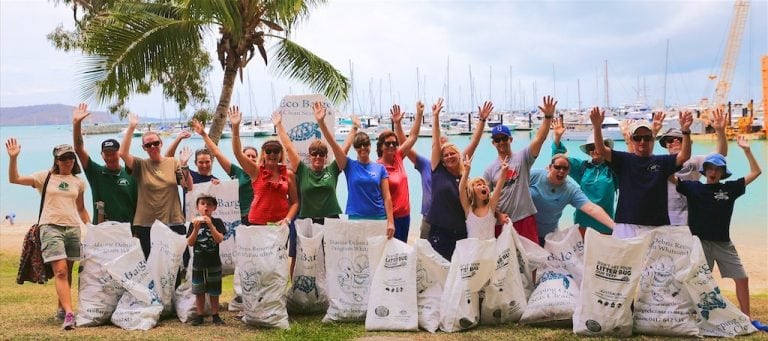 Apart from collecting plastic and other rubbish that we humans carelessly leave everywhere, there is a tremendous Camaraderie in Clean Up.
Apart from collecting plastic and other rubbish that we humans carelessly leave everywhere, there is a tremendous Camaraderie in Clean Up.
The two titans that we have to thank for removing thousands of tonnes of waste material are our local Eco Barge Clean Seas and Australia wide Tangaroa Blue Foundation. Both of these wonderful organisations are featured on our We Care page.
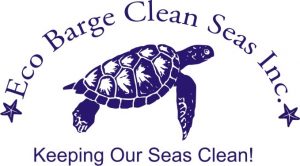 Please check these logo links now for news and clean up dates in your area
Please check these logo links now for news and clean up dates in your area 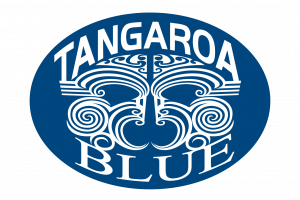
 If you are like most people, you probably put renewal notices in the “do later” folder and hope that it takes care of itself.
If you are like most people, you probably put renewal notices in the “do later” folder and hope that it takes care of itself.
The subscription is either too much so you decide not to renew, or too little so you feel you can’t be bothered and that it won’t make any difference anyway.
Have a look at our Treetops webpage and go to the bottom of the list to find Charlie Pickering takes on Alan (cash for comments) Jones over his famous “grain of rice” Australia is too small to make a difference on climate change.
Each subscription to WCC is like that grain of rice, not just in monetary terms but in terms of building an effective force that will get your voice heard by governments at all levels. We ask only for a $1 but having you as a member makes us a million dollar force for environmental awareness.
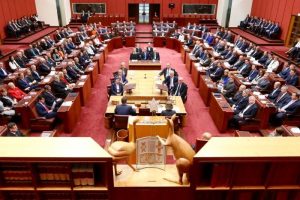 But there is more to it. The federal government makes it hard for charitable environmental organisations to exist in Australia. We are bogged down in red tape and membership numbers is one of them.
But there is more to it. The federal government makes it hard for charitable environmental organisations to exist in Australia. We are bogged down in red tape and membership numbers is one of them.
So please, make your membership worth a million dollars and renew as soon as you get the renewal notice. Many thanks.